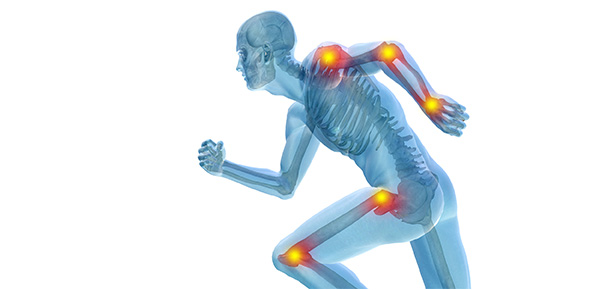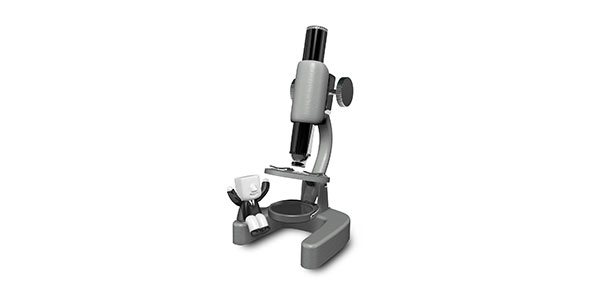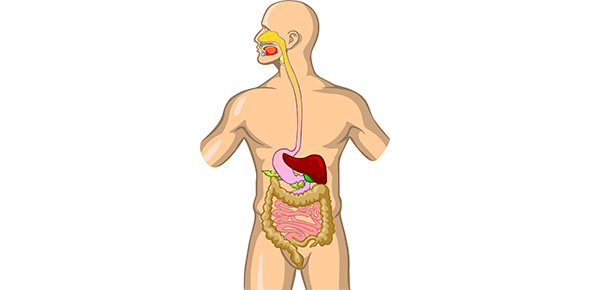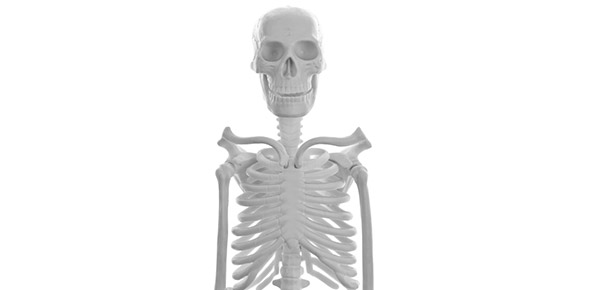Related Flashcards
Related Topics
Cards In This Set
| Front | Back |
|
Three principle categories of blood vessels
|
Arteries, veins & capillaries
|
|
Arteries
|
Efferent vessels- carry blood away from heart
|
|
Veins
|
Afferent vessels- carry blood back to heart
|
|
Capillaries
|
Microscopic, thin walled vessels that connect the smallest arteries to teh smallest veins
|
|
Walls of arteries are composed of 3 layers of
|
Tunics
|
|
Tunica interna
|
Lines inside of the vessel- exposed to blood- consists of simple squamos epith called endothelium
|
|
Tunica media
|
Mid layer- thickest-smooth muscle, collagen,elastic tiss- strengthen the vess and prevent bp from rupturing them & to provide vasomotion
|
|
Vasomotion
|
Changes in diameter of a blood vessel
|
|
Tunica externa
|
Outer most layer- loose connect tiss often merges w. neigh vess anchors the vess and provides pass4small nerves, lymph vess& smaller blood vess
|
|
Vasa vasorum
|
Small vessels that supply blood to at least the outer half of the wall of a larger vessel
|
|
Resistance vessles
|
A.k.a arteries. bc relatively strong resilient tiss struct that resists high bp- constructed to w/stand surges
|
|
Conducting ( elastic or large) arteries
|
BIGGEST-expand during ventricular systole to receive blood& recoil during diastole.sub to highest bp& have elastic tiss
|
|
Distributing (muscular or medium) arteries
|
Smaller branches that distrib blood to specif organs- interestate highway- 40 layers of smooth musc
|
|
Resistance ( small) arteries
|
Too variable in # and location to be given individual names- 25 layers of smooth musc & relatively little elastic tiss
|
|
Arterioles
|
Smallest of the resistance arteries 40-200Mm w/ only one to 3 layers of smooth muscle
|








